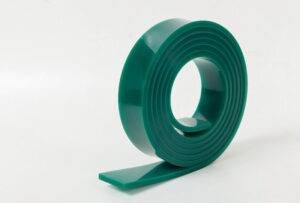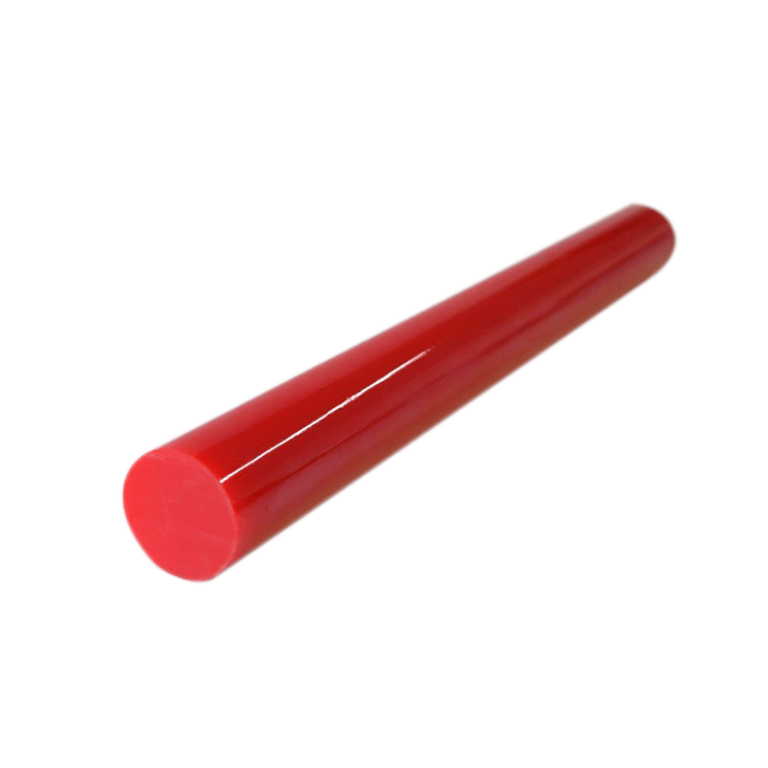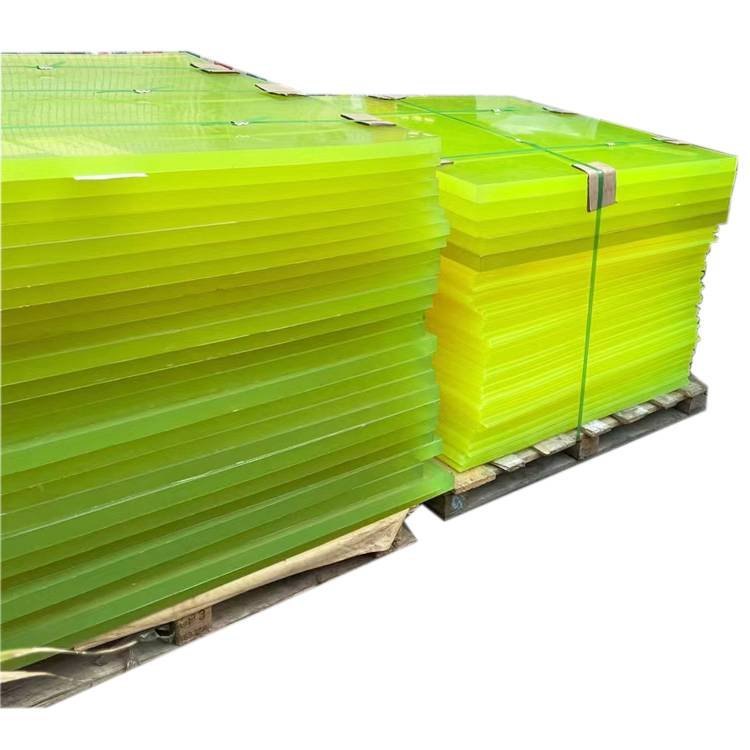The screen printing process relies on a number of components. One of the integral parts is the squeegees.
Essentially, this is a rubber material that can singlehandedly dictate the quality of the output. If you’re working with a nicked or dull squeegee, you won’t be able to transfer ink uniformly.
In this article, we will cover some of the various materials you can use as a screen printing squeegee.

What materials can you use as a squeegee?
There are different materials to use as a squeegee. Three of the most popular are:
- Rubber
- Neoprene
- Polyurethane
Rubber
A natural rubber squeegee is perhaps the least expensive and the easiest to construct. However, its uses are often more pronounced across the education part of the screen printing niche. It is not so common in actual applications. Wondering why?
When it comes to abrasion, rubber is the least material you can think of. It has poor abrasion. And on top of that, its resistance to strong solvents is not enough for what’s expected from squeegees.
Neoprene
Neoprene is also a form of rubber, but it is synthetic. It is made from an acetylene derivative. Mind you, acetylene is also a pretty popular material to use as a squeegee for screen printing.
Compared to natural rubber, this synthetic rubber costs a little bit more. However, this elevated pricing is worth it since the material works superiorly when it comes to resistance against abrasion and potentially inimical chemicals.
Polyurethane
Polyurethane is a plastic material. It is perhaps the squeegee material promising the most extended use. Whether you’re planning to use your squeegee for semi-automatic or automatic screen printing, it is your best bet.
As expected, polyurethane is pretty much more expensive compared to rubber and neoprene. However, it’s worth every penny, considering its greater physical and chemical abrasion resistance.
The most popular urethane material applied in the screen printing industry falls under the umbrella of MDI-based polyester. MDI is known for its superiority with it comes to abrasion resistance in the market.
Besides being relatively more expensive, polyurethane squeegees double as one of the most popular in the industry. They are manufactured by casting in liquids, centrifuges, or closed molds.
As a thermoset plastic, polyurethane tends to cure when you expose it to heat for an extended period. The output of the manufacturing process is in sheets or individual sections.
Now, you can then cut into various sizes for eventual shipping. The most popular polyurethane size for squeegees is 3/8 x 2. This size is used for general screen printing processes. These processes include textile printing, glass printing, electronics, etc.
There is also the 3/16 x 1 size. This size is best tailored for bottles and several other fast automatic processes.
Power up your screen printing with the right squeegee
In this article, we ranged through three of the most popular squeegee material that should be on your radar, depending on your application. These are neoprene, rubber, and polyurethane.
So, if you’re perhaps wondering what you can use as a squeegee for screen printing, bet this is the guide you need for the answer. For any further questions, please contact us at pengde2@pengde-pu.com.




